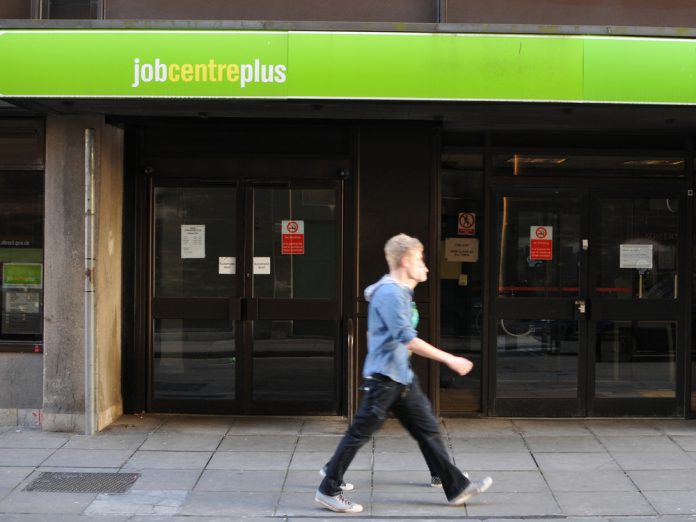UK unemployment rates held steady at 4.9 percent, despite continued economic uncertainty in the wake of the June referendum vote.
According to figures released by the Office for National Statistics (ONS), unemployment has seen a small increase of 10,000 to 1.66 million. The figures showed wages rose by 2.3 percent.
“These figures show that employment continued to grow over the summer and vacancies remain at high levels, suggesting continuing confidence in the economy,” the ONS commented.
Despite further concern over the future of the British economy and its effect on job creation in the last quarter of the year, the unemployment figures have marked an 11-year low for unemployment levels. The number of people in jobs remained at a record high of 31.8 million – an average 74.5 percent.
Minister for Employment Damian Hinds, although positive about the newly released figures, maintained that: “There’s more to do, particularly when it comes to supporting young people into employment.”
Public sector employment has continued to shrink in particular, having steadily fallen since March 2010. There were 5.33 million employed individuals in the public sector in June 2016 – the lowest since comparable records began in 1999.
Regional disparities in unemployment levels were also evident in the findings. The South East reported a 78.0 percent employment rate, compared to the lower end of the spectrum of 70.1 percent for Northern Ireland and 71.1 percent in the North East.
Following the news, pound sterling hit an eight day high of 0.3 percent, trading at $1.233 for the first time in over a week. The British currency has experienced a continued devaluation amidst continued uncertainty over Brexit negotiations.
The ONS is a independent governmental body that reports directly to Parliament specific figures and data analysis. The organisation was set up in 1999, under the premiership of Tony Blair.

